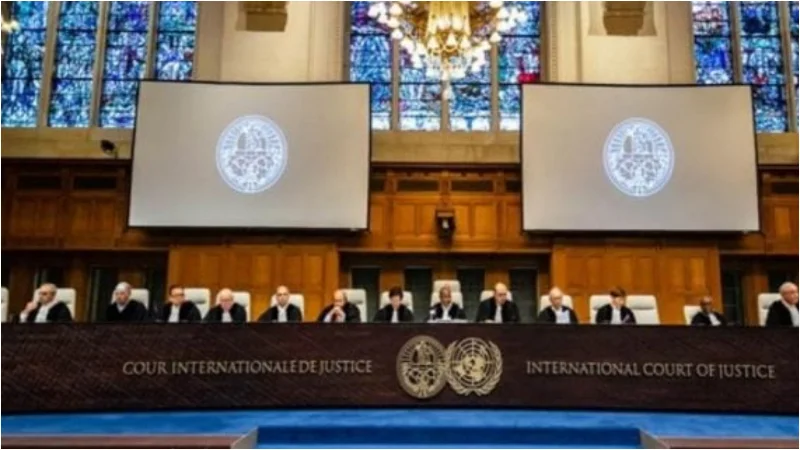The Chernobyl Exclusion Zone’s radiation levels have risen, Ukraine’s authorities stated on Friday, warning that the capture of the nuclear reactor by invading Russian soldiers might have “grave consequences.”
The still-radioactive location of the 1986 nuclear tragedy is around 130 kilometres (80 miles) from Kyiv.
“This considerable amount of plutonium-239 can become a nuclear bomb in the dreadful hands of the aggressor, turning hundreds of hectares into a dead, lifeless desert,” Ukraine’s environmental protection ministry said.
On Thursday, Russian President Vladimir Putin ordered his troops to invade Ukraine, and on the same day, they seized the damaged Chernobyl nuclear power facility, which is located in one of the most toxic areas on the planet.
The Chernobyl Exclusion Zone is a woodland region of 2,600 square kilometres (1,000 square miles) located between the Belarus-Ukraine border and Kyiv.
The Russian military’ control of the zone, according to the environment ministry, might have serious effects.
However, specialists at Ukraine’s official nuclear agency believe the change in radiation levels was caused by the movement of heavy military equipment in the vicinity, which lifted radioactive dust into the air.
The International Atomic Energy Agency (IAEA) stated that the radioactivity at the site posed no risk to the public.
“The regulator’s readings – of up to 9.46 microsieverts per hour – are low and have remained within the operational range measured in the Exclusion Zone since its inception,” the IAEA added.
‘Levels are normal’
Russia’s defence ministry stated on Friday that its forces had taken control of the area near the power facility.
“Units of the Russian Airborne Forces took full control of the area around the Chernobyl NPP [Nuclear Power Plant] yesterday, on February 24,” ministry spokesperson Igor Konashenkov stated.
“Radiation levels in the NPP area are normal.” The NPP workers continue to run the power plant and check radiation levels as usual.”
Rafael Mariano Grossi, Director-General of the International Atomic Energy Agency, stressed that it was critical that the safe and secure operations of the zone’s nuclear installations not be jeopardised or hindered in any manner.
Poland, Ukraine’s neighbour, said there had been no increase in radiation levels on its territory.
On April 26, 1986, Reactor No. 4 of the power plant exploded and caught fire in the middle of the night, destroying the structure and sending hazardous waste high into the sky.
The Soviet authorities exacerbated the disaster by failing to inform the public about what had occurred, infuriating European nations as well as the Soviet people.
Despite the fallout threat, the two million residents of Kyiv were not warned, and the world learnt of the calamity only after increased radioactivity was detected in Sweden.
According to the United Nations, up to 4,000 individuals may have died as a result of radiation exposure.




















